Wetland Plant Identification Quiz 2
1/39
There's no tags or description
Looks like no tags are added yet.
Name | Mastery | Learn | Test | Matching | Spaced |
|---|
No study sessions yet.
40 Terms
What do plant families end in?
aceae
Emergent Vegetation General Characteristics
Part of the plant emerges out of water
Rooted in soil
Rigid - supports itself in variable conditions (wave action, shallow water, dry soil)
Found in shallower water/saturated soil
Equisetaceae
Horsetail Family
Equisetum (Genus)
A type of Fern
Height to around 1 m
Stems - green, hollow, jointed
Leaves - reduced to scale like sheaths around stem
Reproduce with spores in a cone like structure (no flowers or fruit)
Smooth horsetail
Equisetum laevigatum
Leaves black
Cones rounded at top
Very hollow stem
Pontederiaceae
Pickerelweed family
Mud plantain
Heteranthera
Small size
Leaves emergent of submerged
Leaves - oval to elliptical (2-6 cm long)
Flower - small, white to purplish blue, yellow near center
Typhaceae
Cattail family
Typa (genus)
Tall perennial (2-3 m)
Stems are nearly as long as the leaves
Brown, cylindrical flower spike
Leaves - long, slightly curved, from the base of plant
Can spread through rhizomes sending up shoots/roots
Broadleaf Cattail
Typha latifolia
Native
No separation between male and female flower spikes
Narrowleaf cattail
Typha angustifolia
Not native
Separation between male and female flower cone
Alismataceae
Water-Plantain Family
Sagittaria (genus)
Leaves usually arrowhead shaped
Broadleaf arrowhead
Leaves grow from long stalks off the base of the plant
Leaves grow up to q m above water
Small white flowers in whirls of 3
Also spreads through rhizomes
Polygonaceae
The knotweed family
Swollen nodes
Leaves alternate or whirled from base
Smooth or wavy edges
Small flowers in spikes or clusters
Papery sheath at base of leaves
Curly dock
Rumex crispus
Leaves grow from a whrl at base and along stem
Has large taproot
.5 - 1.5 m tall
Large oval leaves
Crispy, curl leaf edges
Many small flowers on long spikes (greenish, yellow)
Flower dry and turn brown in fall
Cyperaceae
The sedge family
Triangular stems, not hollow
No nodes on stem
Eriophorum (genus)
Cottonsedge
Up to 2 m tall
Long, slender stems & leaves
Found in temperate regions, especially acidic habitats (peatlands)
Very distinctive flower head, dangles from stalks
Schoenoplectus (genus)
Bulrushes (not rushes)
½ - 3 m tall
Mainly single stems
Shorter leaves (if present) at base of stem
Stems round or triangular
Flowers: spikelets near stem tip
Hardstem bulrush
Schoenoplectus acutus
Are not rushes
Dark green, round stems
Tiny leaves at base of stem
Spread easily by rhizomes
In deeper water (to 1.5 m)
Stem difficult to crush between fingers
Softstem bulrush
Schoenoplectus tabernaemontani
Are not rushes
Dark green, round stems
Tiny leaves at base of stem
Spread easily by rhizomes
In deeper water (to 1.5 m)
Stem easy to crush between fingers
Threesquare bulrush
Schoenoplectus pungens
Smaller plant .5 -1.5 m
Leaves reach ½ way up stem
Triangular stem
Flower spikelet is compact, near stem tip
Three-way sedge
Dulichium arundinaceum
0.5 - 1 m tall shallower water
Round & hollow stems
Leaves in a spiral of 3 directions
Flower spikes come from leaf base
Flower spikes along stem give a “shaggy” appearance
Carex (genus)
Sedges
Stems usually triangular
Long thin leaves from base of plant
Other characteristics of Cyperaceae
Seed with papery sack
Cyperus (genus)
Characteristics of Cyperaceae
Stems usually triangular
Long thin leaves from base of plant
Seed without papery sack
Flower heads at end of stems
Eleocharis (genus)
Not rushes
Other characteristics of Cyperaceae
Smaller
No obvious leaves
All smooth stems
Round stems
Single flower head at tip of stems
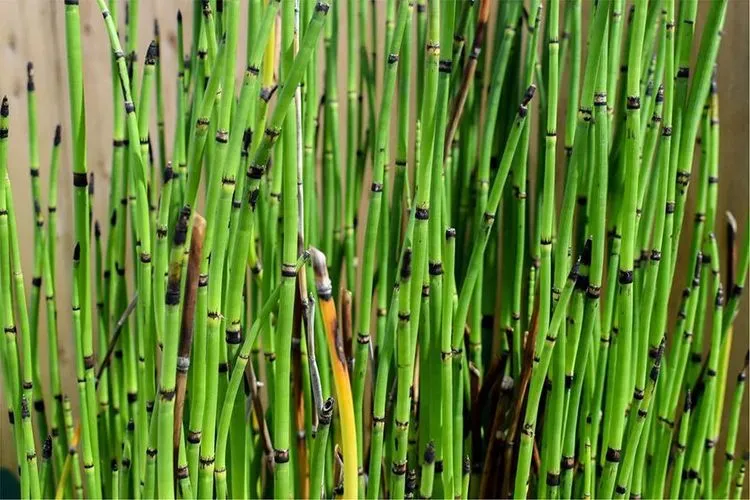
Equisetum laevigatum (Smooth horsetail)
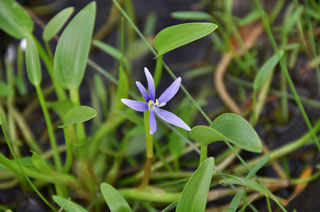
Heteranthera limosa (mud plantain)
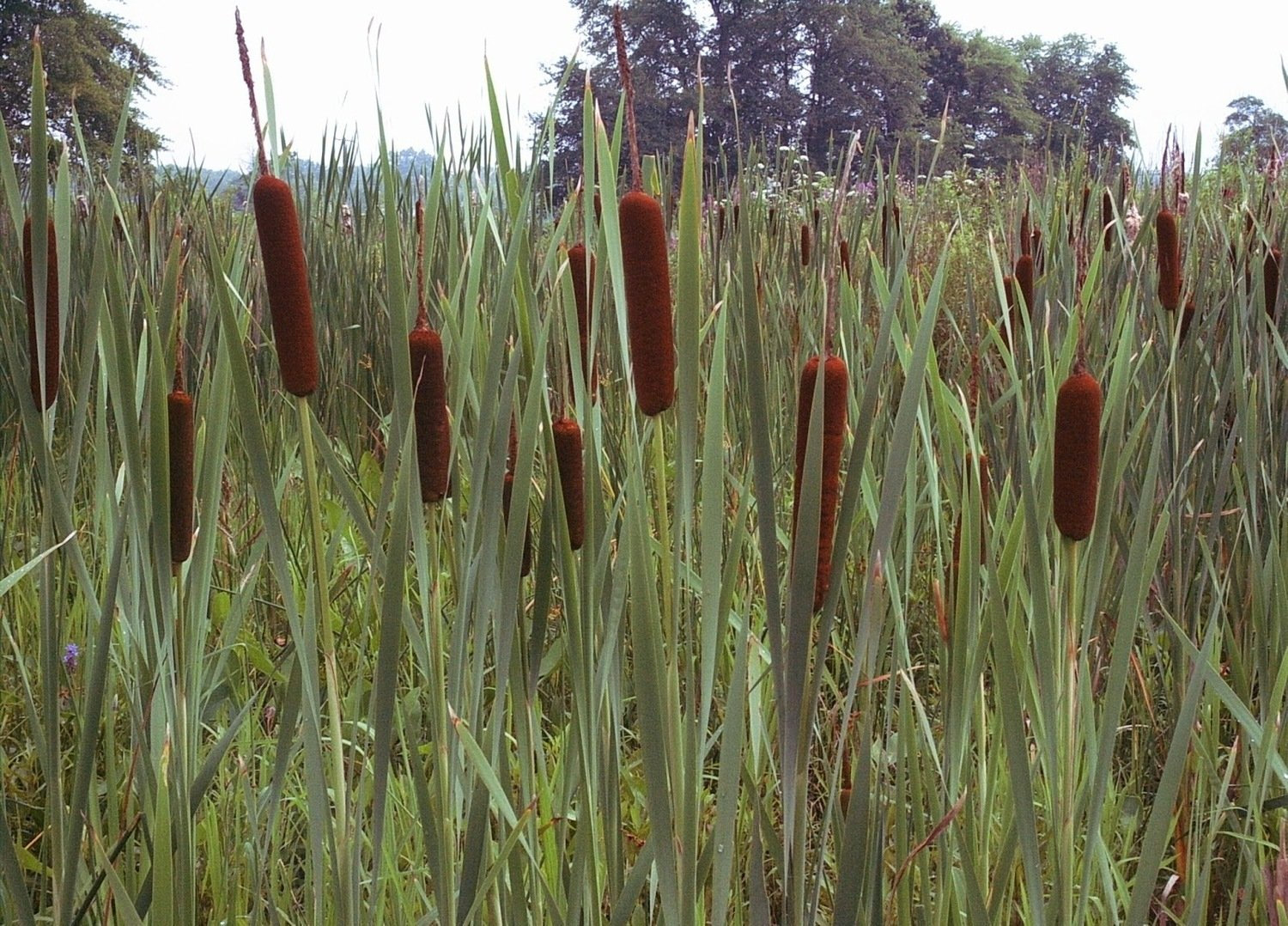
Typha latifolia (Broadleaf cattail)
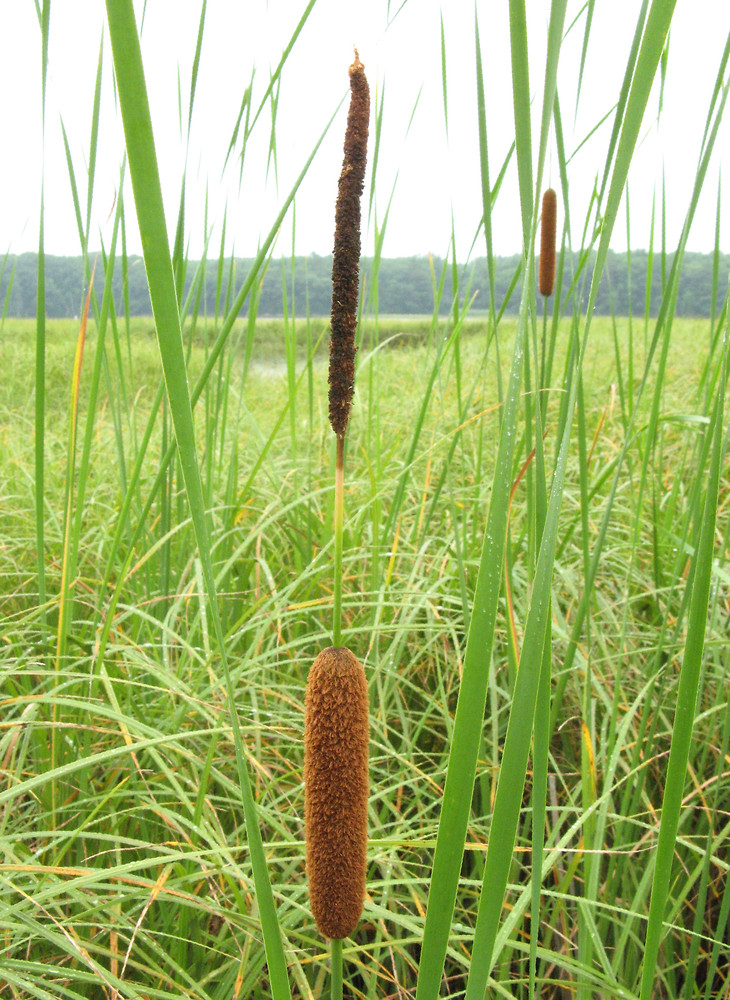
Typha angustifolia (Narrowleaf cattail)
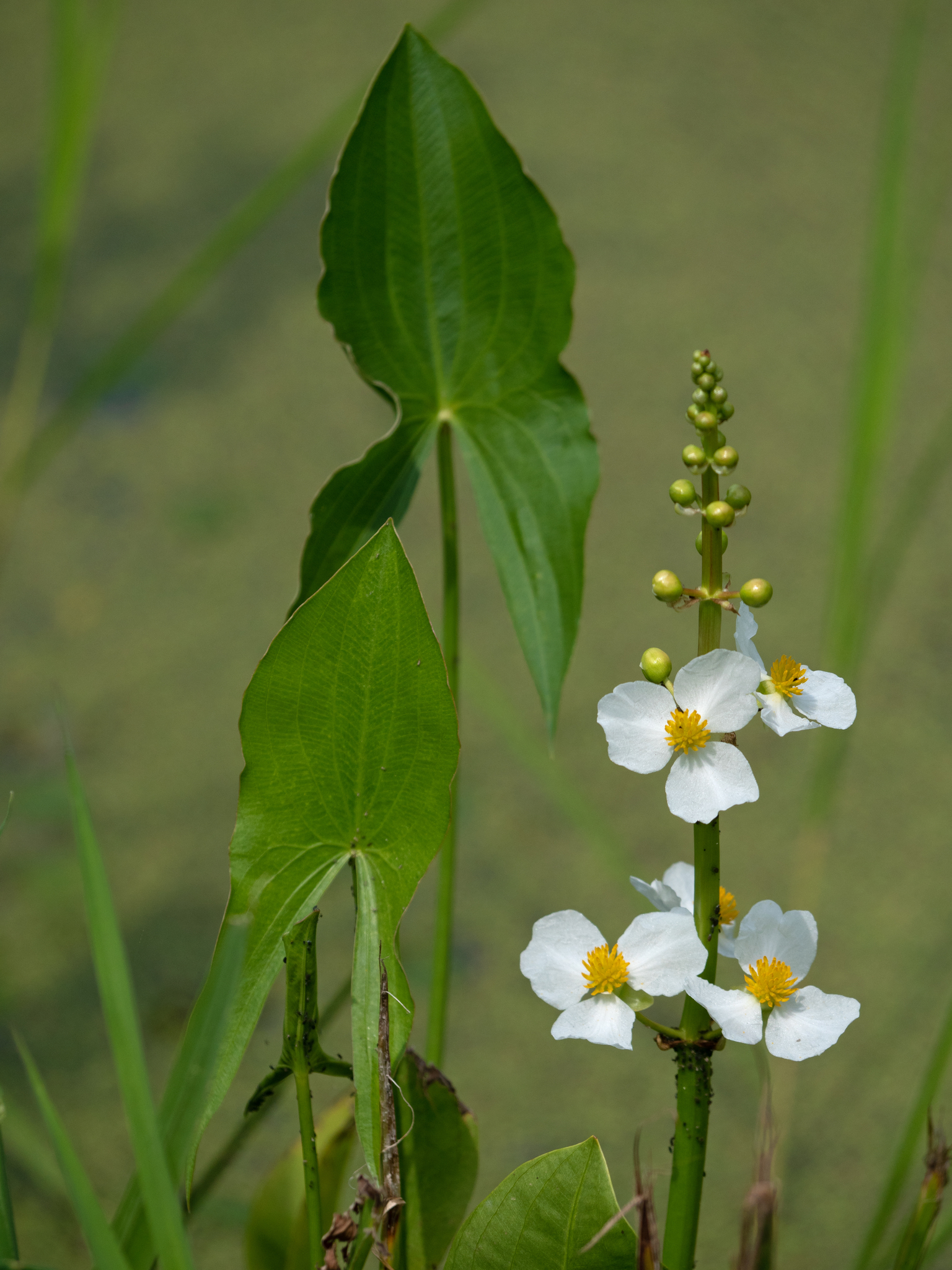
Sagittaria latifolia (Broadleaf arrowhead)
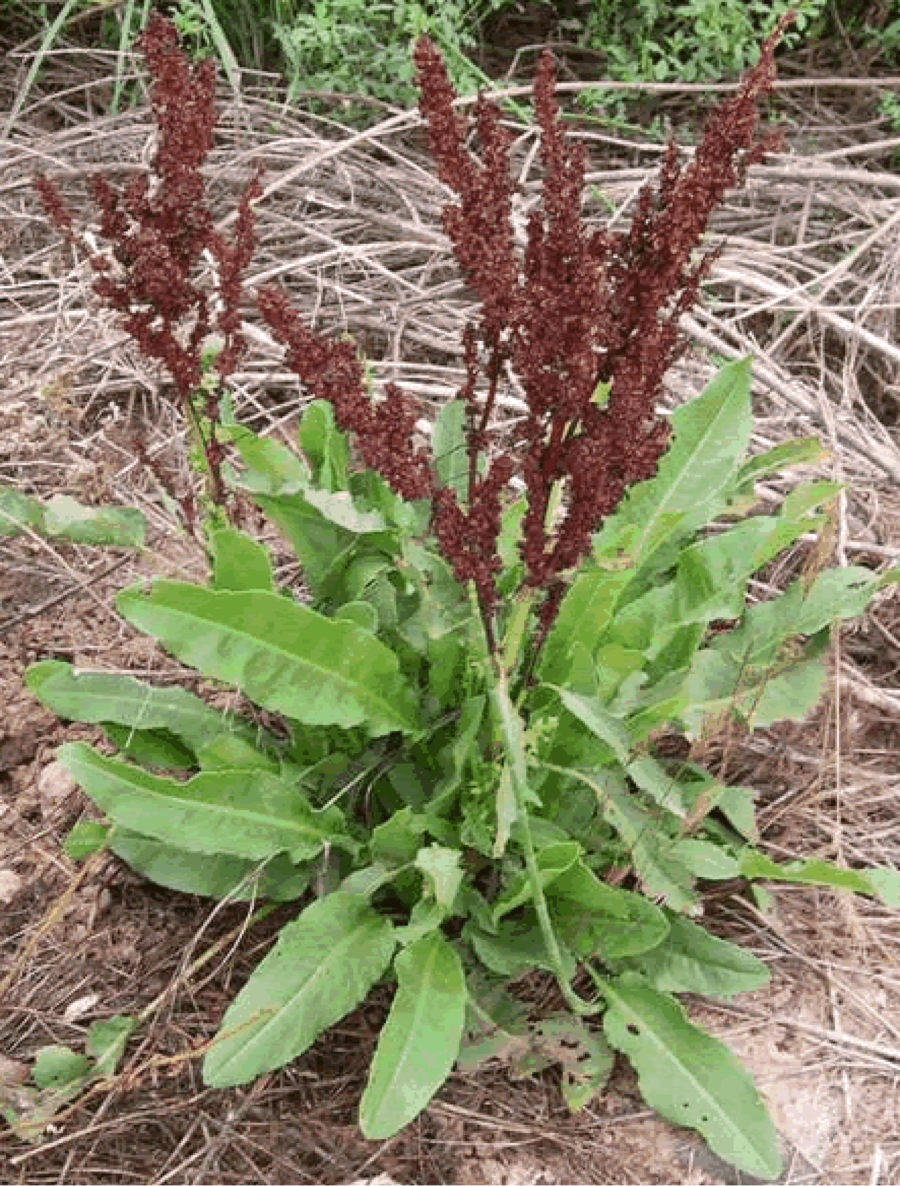
Rumex crispus (curly dock)
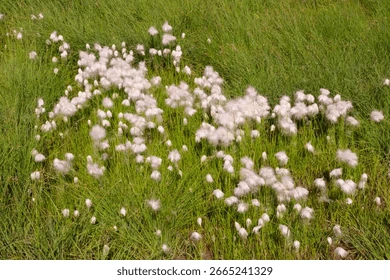
Eriophorum (Cottonsedge)
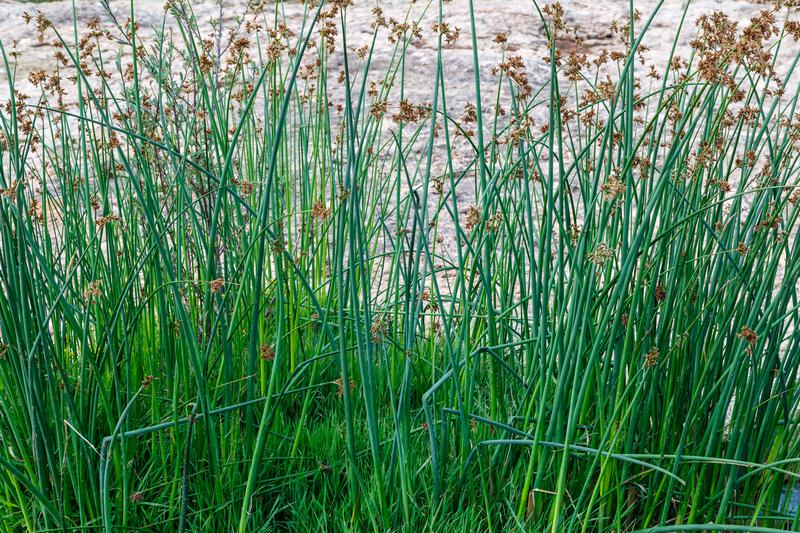
Schoenoplectus acutus (Hardstem bulrush)
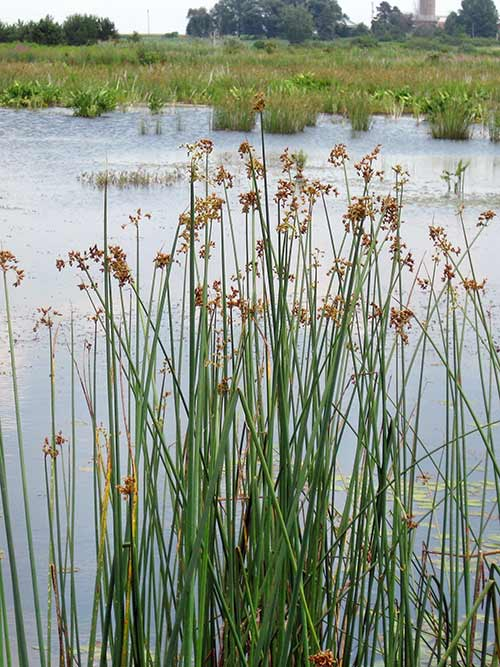
Schoenoplectus tabernaemontani (softstem bulrush)
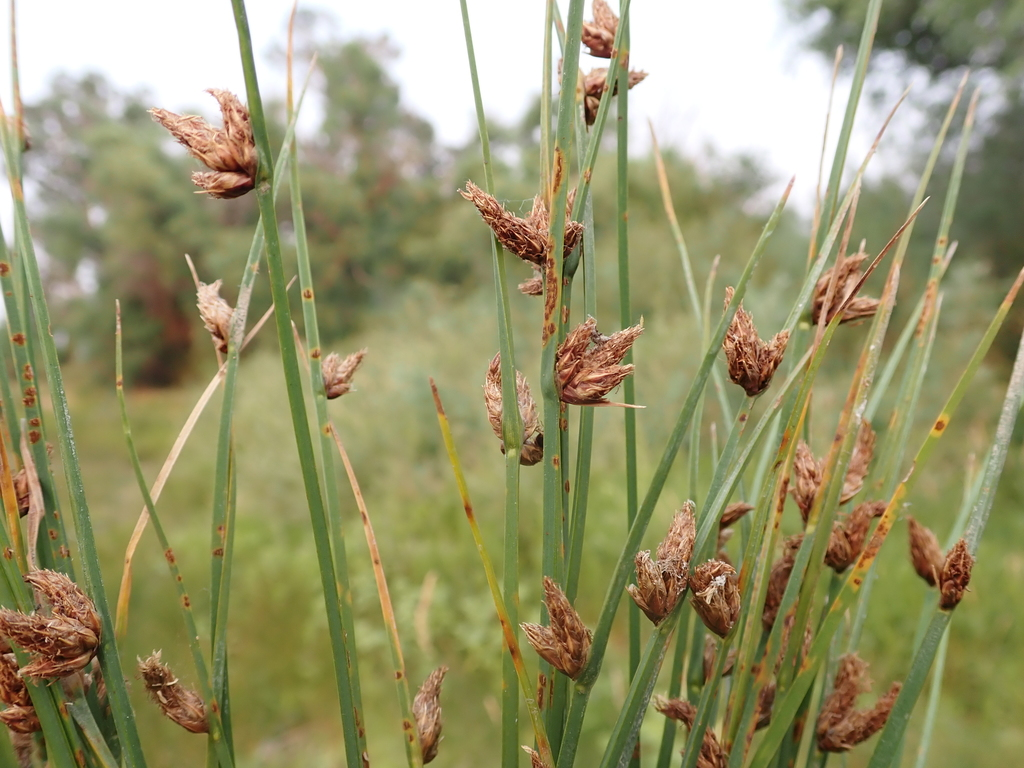
Schoenoplectus pungens (Threesquare bulrush)
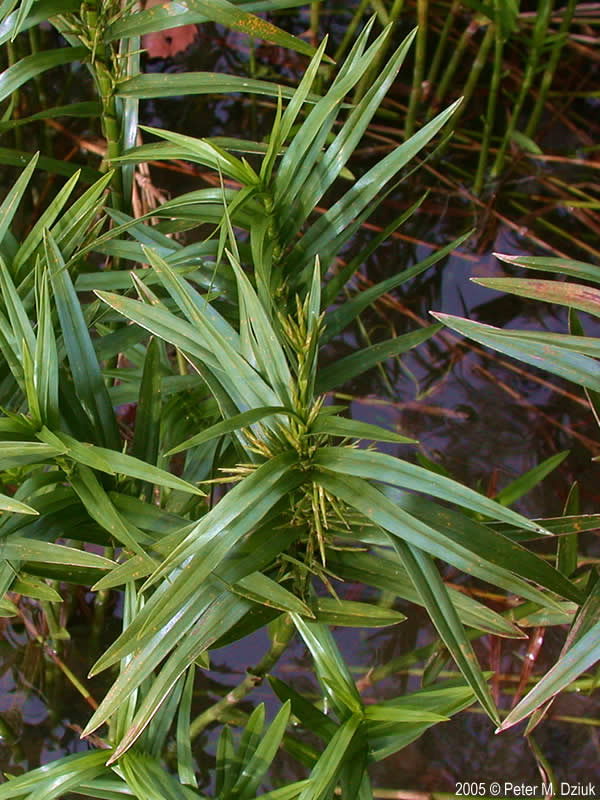
Dulichium arundinaceum (Three-way sedge)
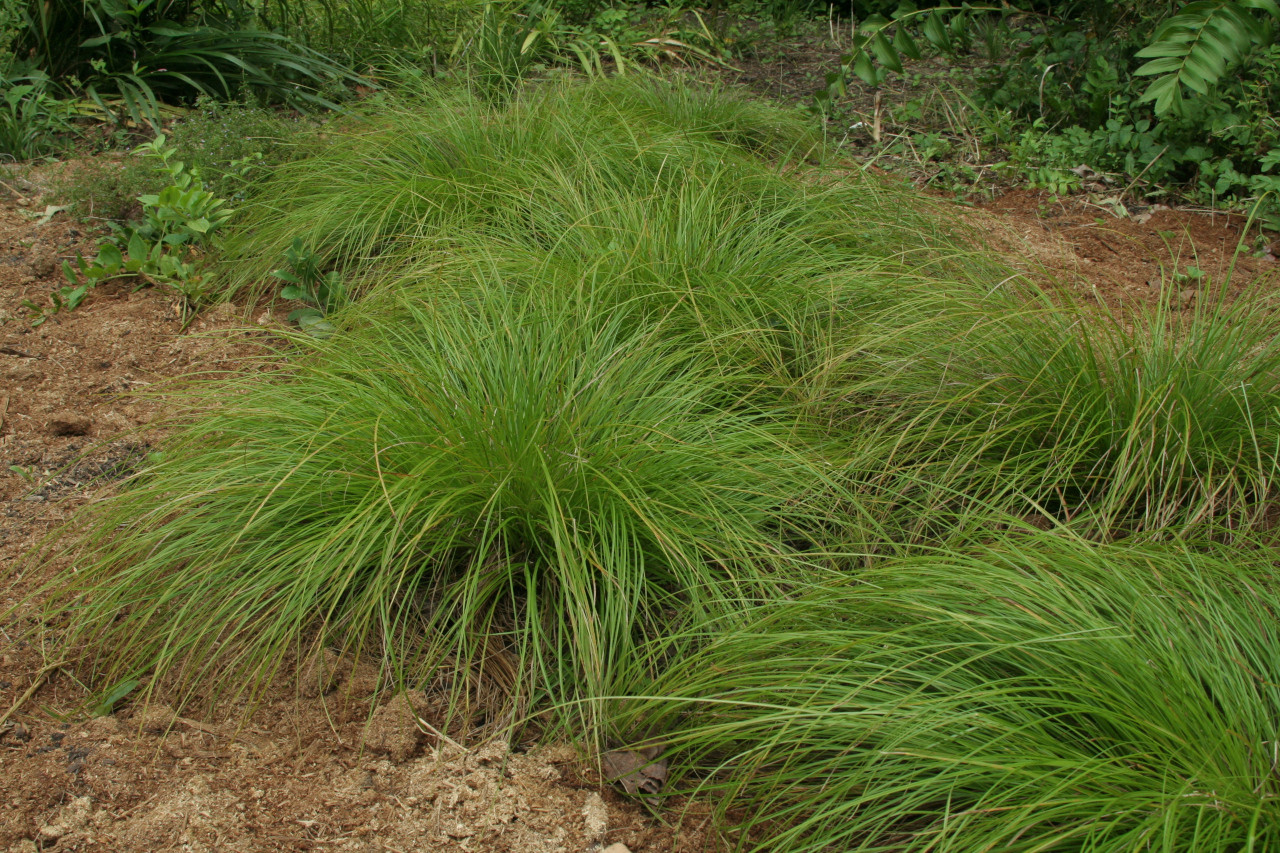
Carex (Sedges)
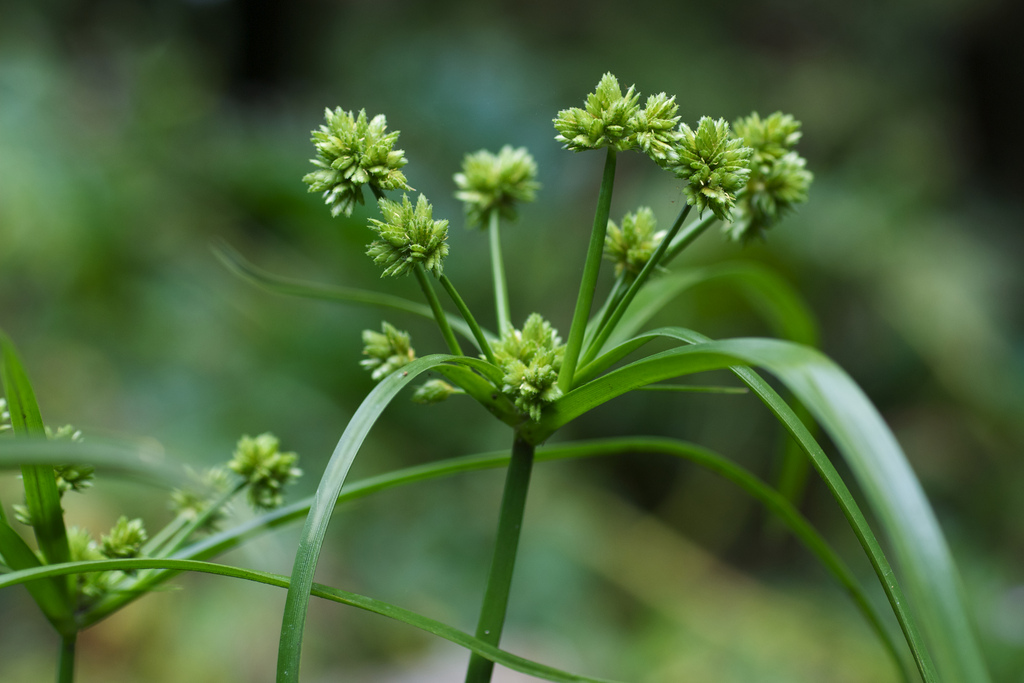
Cyperus (Flatsedges)
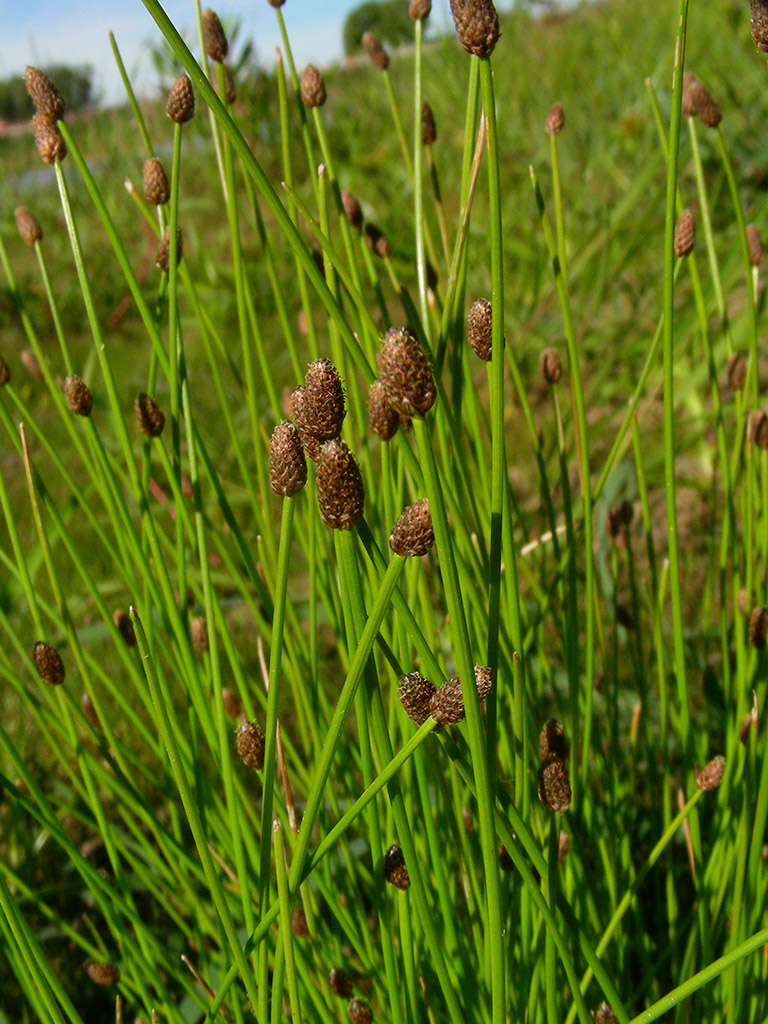
Eleocharis (Spike-rushes)